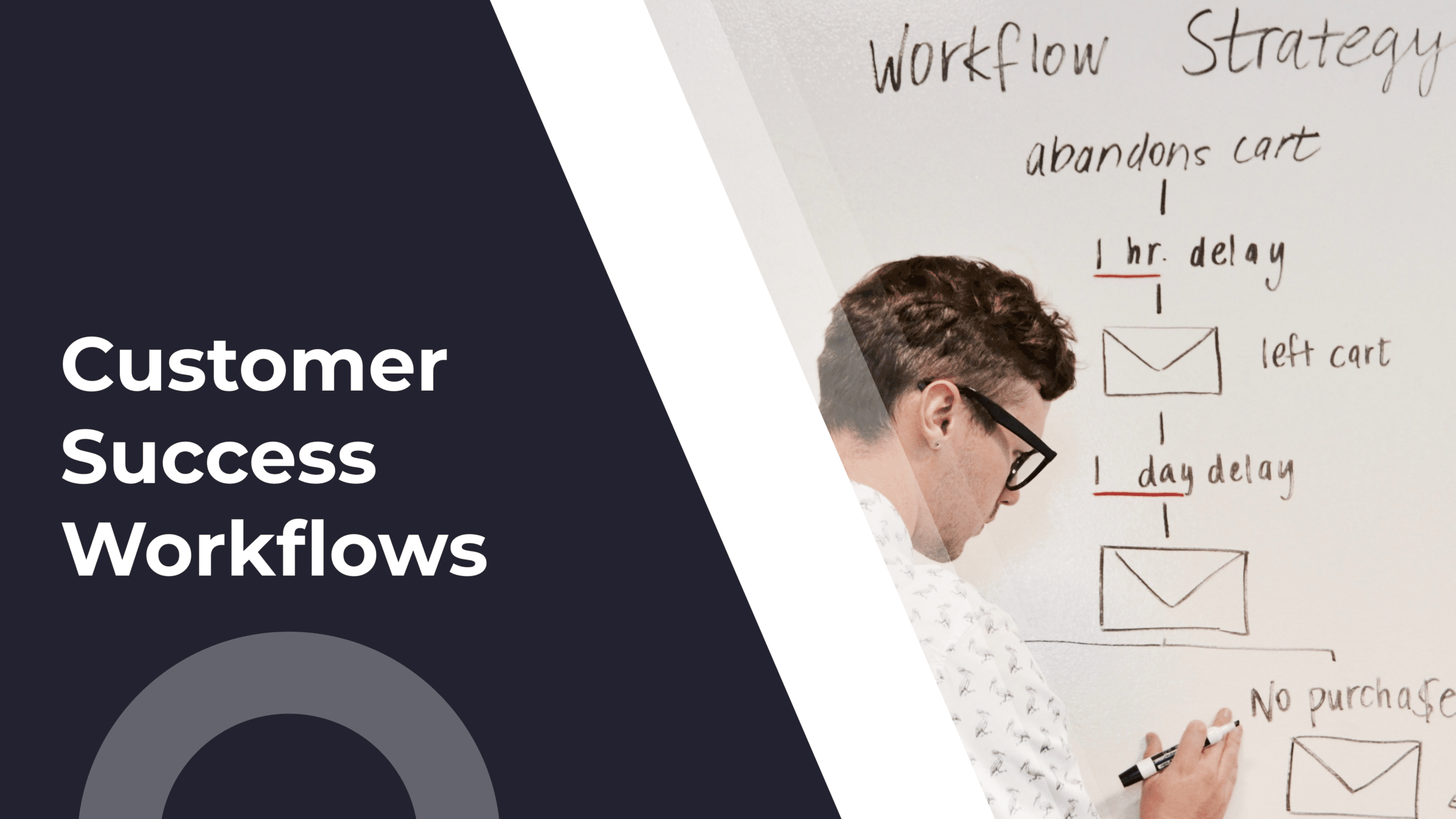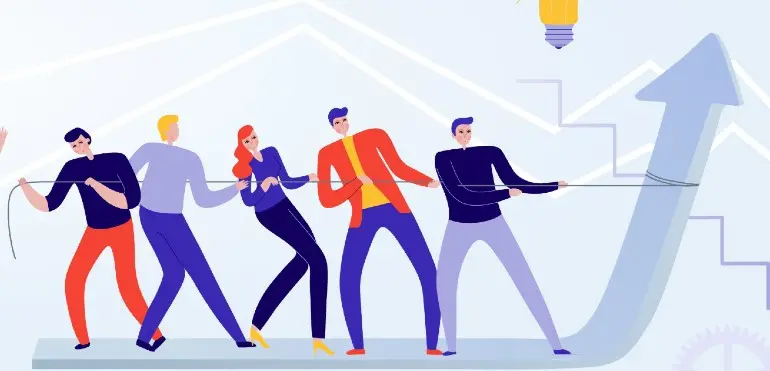If you’ve spent any time reading about customer success (CS), you’ve probably noticed that it emphasizes crafting positive customer experiences. Read any content about the field of customer experience (CX) and you’ll see the same.
So what separates the two? Are customer success and customer experience really the same thing? Or are there differences that differentiate them?
We’re big on customer success here. But we also understand the value of customer experience. Here’s what we’ve learned about the two fields, how they differ, and how they work together.
Defining Customer Success and Customer Experience
Let’s start by defining the terms we’re talking about.
Here’s a simple definition of customer success:
Customer success is helping customers get the most out of your product.
That can cover a lot of different tactics and activities. But your product is made to solve a problem. Customer success is helping customers use your product to solve that problem for themselves or their business.
Now we’ll define customer experience:
Customer experience (the field) is the process of creating a positive association with your brand.
Again, that covers a lot of things. But it all comes down to making sure that customers are satisfied every time they interact with your company. Not just after the sale, but at every brand touchpoint.
Customer success and customer experience are two different things. But they overlap in a lot of ways.
How Customer Success and Customer Experience Work Together
Customer success is an important part of customer experience. Let’s take a look at some of the things that a customer success program might do to improve CX:
- Work with the product team to ensure that features help customers solve problems efficiently.
- Train customers to use the product in ways that work for their business.
- Monitor customer usage patterns to identify potential problems before they derail the customer’s business.
- Maintain customer relationships to increase the chances of subscription renewal.
- Refer customers to customer service reps or developers and monitor the status of their tickets to ensure a quick response.
All of those things contribute to a positive experience in working with your company. But there are plenty of things you might do to improve customer experience that aren’t related to CS, too. Here are a few examples:
- Offering personalized recommendations online through data collection and analytics.
- Using emotional marketing techniques.
- Improving customer service response times through additional training.
- Changing the look of your product to make it easier to use.
These might not be customer success tactics, but you can see that they share similar goals. All of these activities, in both categories, aim to drive better outcomes for your client (and increase their lifetime value). That’s why the two are complementary and often used in tandem.
Here’s a good way to think about it. Pearl Zhu, writing for Future of CIO, says that customer service is reactive, customer experience is interactive, and customer success is proactive. All three share similar goals. But they go about reaching those goals differently.
Sue Duris shares a similar opinion on M4 Communications’ blog. Duris predicts that customer success and customer experience will merge in an attempt to “[define] and [deepen] customer outcomes.”
Differences Between Customer Success and Customer Experience
Some people argue that customer success is part of customer experience. Others say that customer experience is part of customer success. You can think about it either way you like—they’re both important, so it doesn’t really matter which is the umbrella term.
But there are some differences worth pointing out. The primary difference between customer success and customer experience is which part of the customer journey they each focus on.
Customer experience starts with the customer’s first contact. That could be long before they’re actually a customer. CX influences sales and marketing, which create touchpoints early in the customer lifecycle.
CS, on the other hand, gets involved after someone makes a purchase. Once they’ve decided to buy something from your company (and have gone through an implementation phase, if necessary), customer success managers get involved.
That’s not to say that customer experience doesn’t continue after the sale. Or that customer success doesn’t influence product, marketing, and sales decisions. But customer success’s primary focus is after the sale.
The Important Thing to Remember About CS and CX
It’s easy to get caught up in the differences between customer success and customer experience. If you’re in a large company, the two groups might even step on each others’ toes. But there’s one crucial thing to remember:
Customer success and customer experience are both about delivering the best outcomes for the customer. That’s what matters.
That’s why Duris says that two are converging. It’s why Paul Hagen says that both are integral parts of a “firm-wide customer-centric mindset.” When the two work together—along with other departments throughout the company—customers get better results.
And that’s what makes a company successful.
Build a Customer-Centric Company With CS and CX
At Custify, we’re big on customer success. But we also recognize the value of great customer experience. When you put the two groups together, you have a collection of people with the skills and knowledge to help your company become customer-centric.
From the beginning of the customer lifecycle to the end, these two groups ensure that you place a strong emphasis on how well you’re serving your customer. And that’s what makes a great company.
If you’re building (or about to build) a company, include both of these groups in your plans. Make sure that you have at least one team committed to monitoring and improving your customers’ progress toward their goals.
Creating a strong customer focus at a company that’s been doing business for a while can be a bit of a challenge. You already have entrenched roles and workflows. That doesn’t mean you can’t shift to a customer-centric mindset. It just means you’ll need to be more intentional about it.
Designate one or two people from different departments to serve as customer champions. Task them with finding out exactly what customers want and being the voice of those customers in meetings with various groups within your company.
If you can do that, you’ll be well on your way to creating a strong customer success and customer experience program at your company. No matter how long you’ve been around without them.




